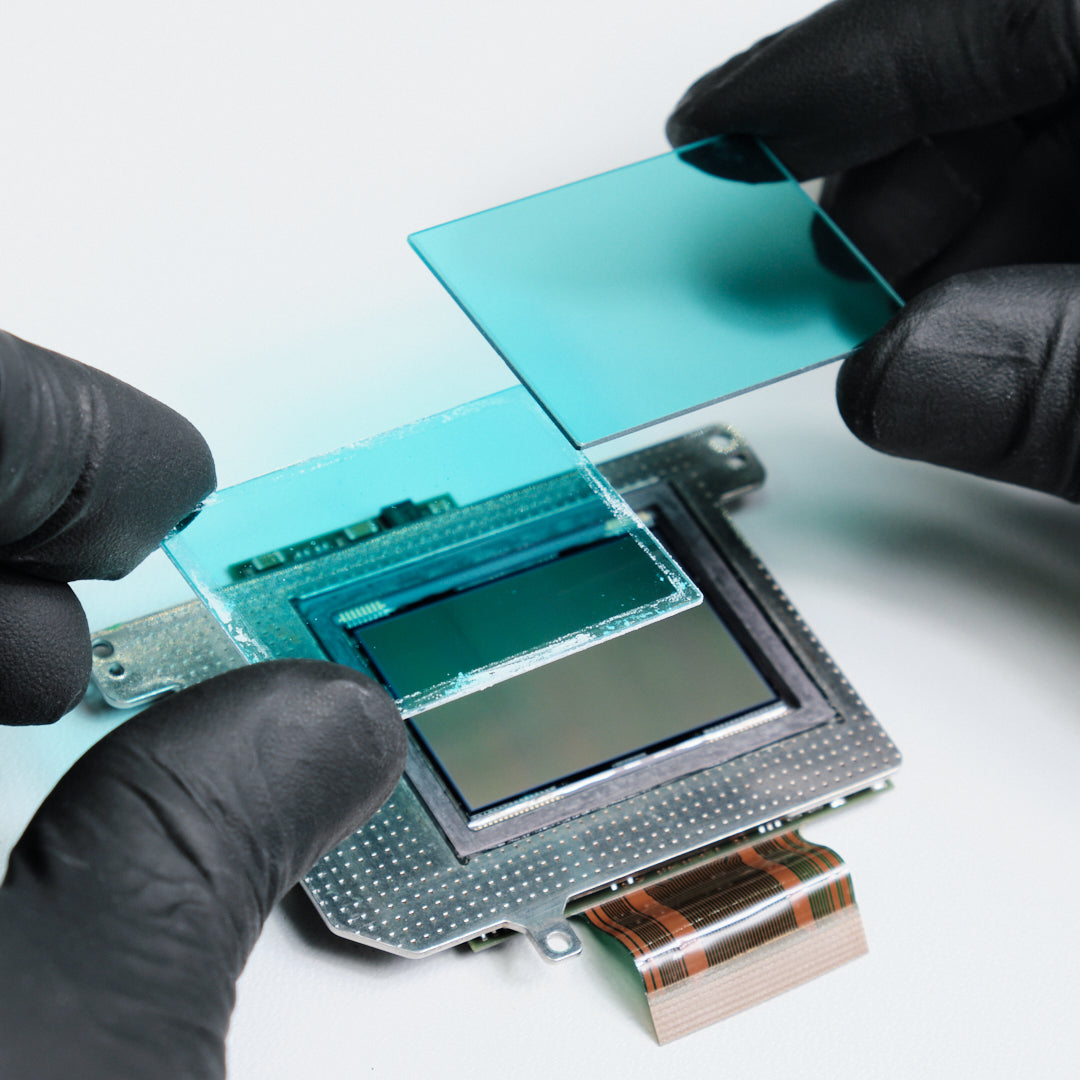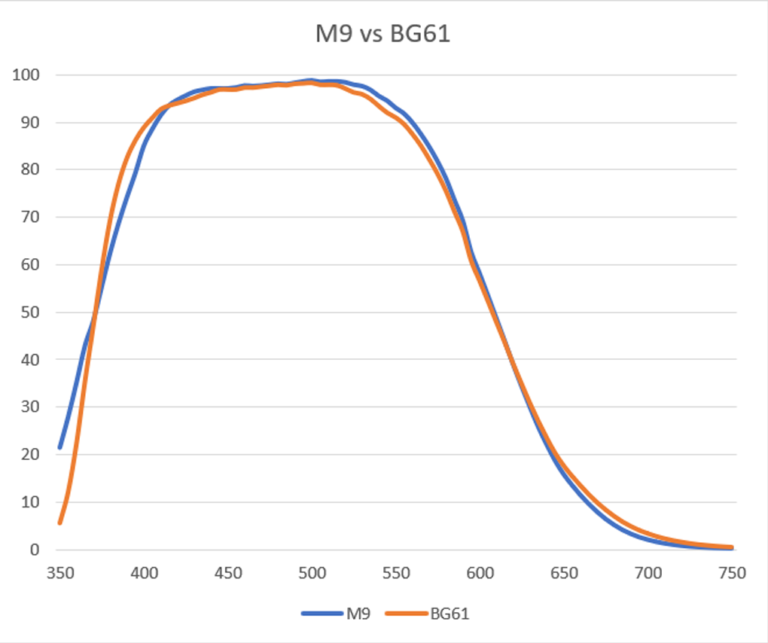Free Shipping Within the USA On Orders Over $75
Friendly US Based Customer Service
Internationally Trusted Innovations
Eco-Friendly
Lifetime Filter Warranty

The Leica M9 is a legendary rangefinder camera—but many M9 owners have been affected by a critical design flaw: sensor corrosion caused by the oxidation of the sensor glass. In 2020, Leica officially announced that they would no longer offer sensor replacements for the M9, leaving many photographers with no option for repair.
We now provide a full sensor glass replacement service for Leica M9 cameras affected by sensor corrosion, using modern, corrosion-resistant materials that preserve the optical quality the M9 is known for.
Why This Happened
Leica chose a unique design approach to maximize image sharpness, especially with film-era and rangefinder lenses. Their UV/IR cut filter was fused directly to the sensor to create the thinnest possible filter stack—great for corner sharpness, but impossible to replace without full sensor replacement.
The original glass used, often Schott S8612 or BG55, is chemically prone to oxidation, especially in humid environments. Even though it was coated, this proved insufficient long-term, leading to widespread sensor corrosion.
How Kolari Fixes It
Using our experience with optical glass and sensor modifications, we developed a safe process to delaminate the original sensor glass and replace it with Schott BG61 glass—modern materials designed to resist oxidation permanently. These materials are used in our own thin filter conversions and are proven to last, even in challenging environments.
We are now using a new BG61 glass with anti-reflective coated which is nearly an identical match to the original M9 glass filter. We designed the BG61 to be the same thickness as the original filter while also matching the transmission properties. This is a highly specialized glass made by Schott that is inherently corrosion resistant, even before we put an additional protective anti-reflective and anti-smudge coating to seal from the environment. This filter cannot corrode by design, even if the coatings get scratched.

If you’d like to check what kind of sensor your Leica M9 has, you can do so by following the prompt below:
1. Enter the menu.
2. Press delete -> up (2x) -> down (4x) -> left (3x) -> right (3x) -> Info – This button combination will enter the camera into debugging mode.)
3. Select Hardware ID. Your sensor type will be the first option under this menu.
When working with corroded equipment, there’s a high degree of risk outside of our control when performing repair services. Most of the Leica M9’s we receive suffer from a heavily damaged ICF that may crack when being removed from the sensor assembly. We’ve also seen Leica M9s arrive with an already cracked ICF due to the corrosion issue. We’re a highly skilled and capable repair shop but unfortunately, there isn’t much we can do to avoid this even under extreme care. If your sensor cracks during removal there is a chance that glass dust can land on the bare sensor which can cause fine scratches that can be visible under some shooting settings.
Furthermore, we’ve been seeing that almost all M9’s with CCD ID5 sensors are also affected by a liquid gel substance. We believe it stems from the glass adhesive that can leak onto the sensor and corrode through bond wires. This liquid gel is visible under a microscope but can’t always be seen by the naked eye.
We found that even with 1-3 corroded wires, the M9 typically works without any noticeable issues after being repaired but we cannot guarantee this for every camera. If we see 1-3 corroded wires, we will continue with the repair like normal. If we see more than 3 corroded wires, we will stop the repair and let you know before proceeding.
We cannot be held liable for damages if the liquid gel spreads to your bare sensor or other bond wires during the repair service. We are also not liable for any liquid gel or electronic issues stemming from corroded bond wires after the repair service is completed in the event that it is not visible during the repair.
We don’t see gel issues with M9, M-E, or M9-P models with CCD ID11 as the glue used on these sensors is different. However with CCD11 sensors, we do see a high prevalence of cracked sensor glass. The CCD11s are more likely to crack and leave fine scratches on the sensor after the modification.
| Vendor: | Kolari Vision EU |
|---|---|
| Camera Model: | Leica M9, Leica M9-P, Leica M-E, Leica M9 Monochrome |
| Rangefinder Vertical Alignment Calibration: | Yes, No |